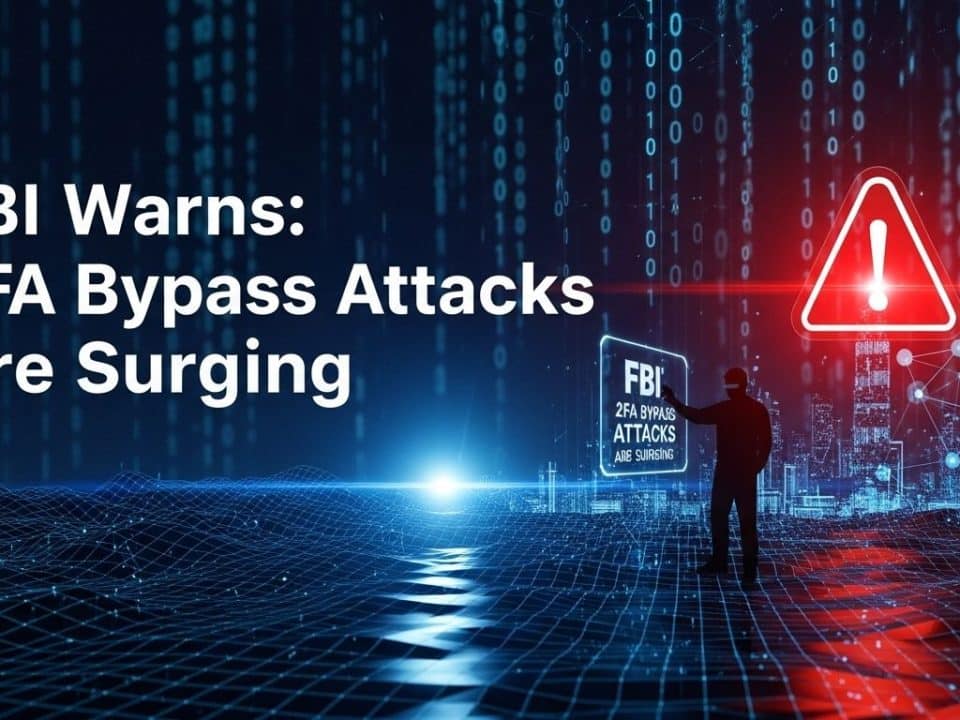
Windows Users Beware: New Phemedrone Stealer Malware Bypasses Defender!
January 16, 2024
Don’t Feed the Ransomware Beast: Why Paying is a Risky Gamble
January 18, 2024In the heart-pounding world of cybersecurity, threats lurk around every corner. A single click on a malicious link, a cleverly disguised phishing email, or a well-timed zero-day exploit can send your organization spiraling into chaos. But fear not, brave defenders! With a cybersecurity incident response playbook in your arsenal, you can transform panic into calm, calculated action, turning the tables on even the most cunning cybercriminals.
What is an Incident Response Playbook?
Imagine a detailed roadmap, guiding you through every twist and turn of a potential cyberattack. That’s what an incident response playbook is. It outlines a step-by-step process for identifying, containing, eradicating, and recovering from security incidents, ensuring a coordinated and efficient response.
Think of it as your own personal SWAT team manual for the digital battlefield.
Why You Need a Playbook
Cyberattacks are like unexpected storms – they can strike anytime, anywhere. Without a pre-defined plan, your response will be akin to running around in the rain with your hair on fire. A playbook provides the structure and clarity needed to keep cool heads and minimize damage.
Here’s how a playbook benefits your organization:
- Faster response times: Every minute counts in a cyberattack. A playbook helps you act swiftly and decisively, reducing the window of opportunity for attackers.
- Reduced confusion and panic: Clear instructions and roles outlined in the playbook prevent team members from scrambling and duplicating efforts.
- Improved decision-making: The playbook guides you through critical steps, ensuring well-informed choices during a high-pressure situation.
- Minimized damage: By containing the attack quickly and effectively, you can limit the scope of the incident and protect sensitive data.
- Bouncing back stronger: The post-incident analysis in the playbook helps you identify vulnerabilities and improve your defenses for the future.
Building Your Playbook: A Five-Phase Approach
Now, let’s dive into the five core phases of an effective incident response playbook:
1. Preparation:
- Assemble your team: Define roles and responsibilities for incident responders, legal counsel, public relations, and other stakeholders.
- Identify critical assets: Prioritize systems and data that require immediate protection in case of an attack.
- Conduct regular training: Ensure your team is familiar with the playbook and incident response procedures.
- Test and refine: Regularly simulate attacks to identify weaknesses in your playbook and response capabilities.
2. Detection and Analysis:
- Establish monitoring systems: Implement tools and strategies to detect suspicious activity across your network and systems.
- Analyze alerts and indicators: Investigate potential incidents thoroughly to determine the nature and scope of the attack.
- Collect evidence: Securely gather and preserve evidence for investigation and potential legal action.
3. Containment and Eradication:
- Isolate compromised systems: Disconnect affected devices and accounts to prevent further spread of the attack.
- Neutralize malware: Deploy antivirus, anti-malware, or other tools to remove malicious software.
- Change compromised credentials: Reset passwords and access keys for potentially compromised accounts.
4. Recovery and Restoration:
- Restore affected systems: Back up data and applications to minimize downtime and facilitate restoration.
- Communicate with stakeholders: Inform leadership, employees, and potentially affected customers about the incident and recovery efforts.
- Review and adapt: Analyze the incident to identify vulnerabilities and update your playbook for future prevention.
5. Post-Incident Activities:
- Conduct a thorough post-mortem: Analyze the incident in detail to understand its root cause and identify areas for improvement.
- Update your playbook: Incorporate lessons learned from the incident to strengthen your defenses.
- Share learnings with the community: Contribute your insights to the broader cybersecurity community to benefit others.
Remember, your playbook is a living document, not a set-it-and-forget-it tool. Regularly review and update it to reflect changes in your organization, evolving threats, and industry best practices.
Bonus Tip: Don’t reinvent the wheel! Utilize existing resources and frameworks like NIST Cybersecurity Framework, MITRE ATT&CK, and industry-specific playbooks to jumpstart your own.
By implementing a robust incident response playbook, you empower your organization to face cyberattacks with confidence and emerge stronger than ever. So, don’t wait for the storm to hit – prepare your defenses today!
#cybersecurity #incidentresponse #playbook #cyberattack #dataprotection #infosec #securityawareness




